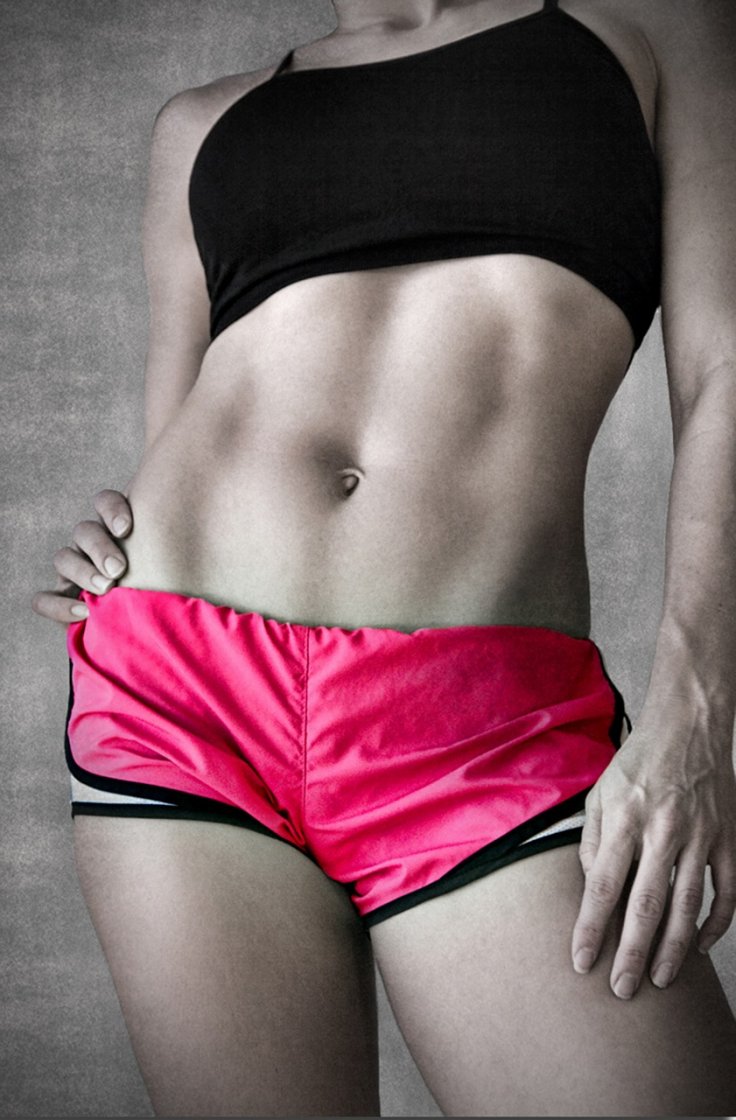At a time when body image issues have forced women to resort to extreme measures to achieve the 'accepted' ideals of beauty, a new study points out that these the gap between ideals and the natural characteristics of the average American are widening.
According to a study by researchers from Boston University School of Medicine, as the waist circumference and dress size of the average American woman are increasing, the models for Victoria's Secret are getting thinner. The measurements of their body parts have decreased over the years, while their waist to hip ratio (WHR) has remained constant.
'Shrinking' models
For the study, models for Victoria's Secret from 1995 to 2018 were compared in order to ascertain trends of physical body attributes.
The researchers found that Victoria's Secret fashion models have become thinner over the past 23 years. They also found that they had smaller waists, busts, dress sizes, and hips. However, their WHR remained consistent. This 'shrinking' is contrasted by the increasing waist sizes of the average American woman.

"Conversely, the average American woman's waist circumference and dress size has increased and varies between a misses size 16 and 18," said Neelam Vashi, author of the study.
Rise in cosmetic surgical procedures to achieve the perfect body
This development has led to a parallel trend according to the researchers. There has been a drastic increase in the percentage of women seeking surgical procedures of the cosmetic variety—probably due to aspirations of achieving the 'ideal' WHR—which is narrow waist paired with fuller hips. Since 2000, buttock lifts have increased by 4,295 percent, while lower body lifts have increased by 256 percent.
"Our results represent a potentially changing weight ideal of beauty that is moving farther away from the characteristics of the average American woman; however, a constant idealized WHR remains intact," added Vashi.
A concerning trend
This is not the first study that has highlighted the trend of aspiring to achieve certain bodily ideals based on what the fashion industry deems as the ideal beauty. A study by researchers from the University of Liverpool in 2017 suggested that 'ultra-thin' fashion mannequins could promote unrealistic body ideals. The study claimed that these body types resembled those of people who suffer from eating disorders, and could promote the same in youngsters who wish to achieve thin physiques,
Another study by researchers from Chapman University in 2019 reported that women felt dissatisfied with their bodies after seeing those of fashion and bikini models. Also found during the study was that women who were exposed to the images of these models showed an increased interest in dieting and exercise.









